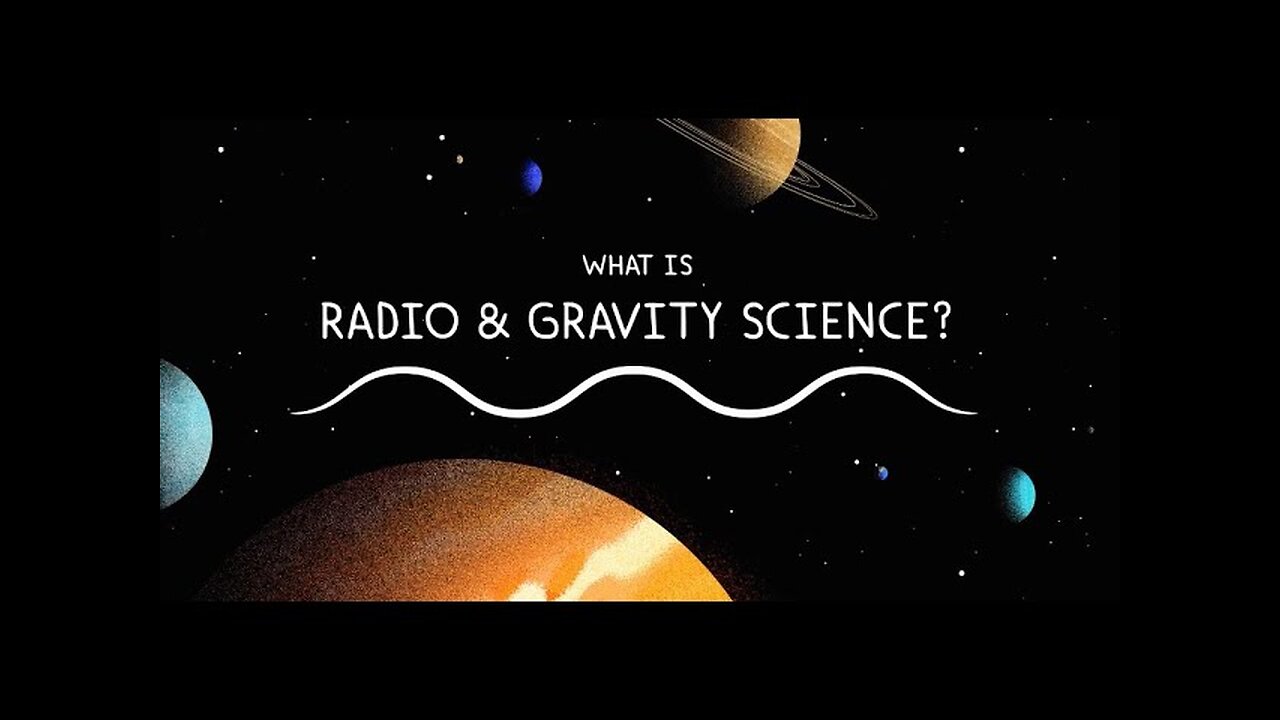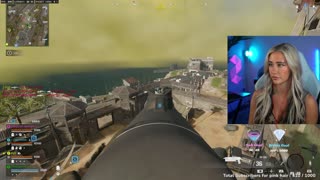Premium Only Content

How NASA Uses Gravity | TikTokraja
NASA employs various techniques and instruments to study planets and moons in our solar system, and two key methods involve the use of gravity and radio waves.
1. Gravity Assists:
Overview:
Gravity assists, also known as gravitational slingshots, leverage the gravitational pull of planets to alter and enhance the trajectory of spacecraft.
This technique allows spacecraft to gain speed or change direction without using additional fuel, making it a cost-effective method for exploring distant destinations.
How It Works:
A spacecraft approaches a planet in the direction of its orbit.
The planet's gravity pulls the spacecraft, increasing its velocity.
The spacecraft then exits the planet's gravitational field with a higher speed, adjusted according to the planet's motion.
Applications:
Voyager and Cassini missions used gravity assists to reach outer planets.
New Horizons used Jupiter's gravity to increase its speed on its way to Pluto.
2. Radio Waves for Remote Sensing:
Overview:
NASA utilizes radio waves to gather information about distant planets and moons without physically reaching them.
Remote sensing involves sending radio signals toward a target and analyzing the reflected signals to extract valuable data.
How It Works:
A spacecraft transmits radio waves towards the target.
The waves interact with the target's surface, atmosphere, or magnetic field.
By analyzing the reflected or returned signals, scientists can deduce information about the target's composition, atmosphere, and other characteristics.
Applications:
The Cassini spacecraft used radar to study the surface of Titan, Saturn's moon, through its thick atmosphere.
Radio signals help map the surfaces of planets like Mars, providing insights into topography and geological features.
3. Combining Techniques:
NASA often combines gravity assists and radio wave studies in mission planning.
For example, a spacecraft might use gravity assists to reach its destination efficiently and then employ remote sensing techniques like radar to study the target in detail.
By employing these methods, NASA maximizes the scientific return from its missions while optimizing fuel usage and mission efficiency in the vast reaches of our solar system.
-
 1:18:05
1:18:05
Kim Iversen
2 hours agoThey Think You’re Stupid: Epstein Case Closed
80K64 -
 LIVE
LIVE
Dr Disrespect
7 hours ago🔴LIVE - DR DISRESPECT - RIDICULOUS WARZONE CHALLENGES
1,267 watching -
 1:44:43
1:44:43
The Officer Tatum
3 hours agoLIVE: Texas Flood UPDATE, Epstein Files + MORE | EP 138
34.5K20 -

Spartan
6 hours agoPro Halo Player | SWTOR, Halo Later. Scrims vs SSG @ 3 EST and UrNm at 5 EST
1841 -
 LIVE
LIVE
sophiesnazz
3 hours ago $0.01 earnedserving sandwiches and looks x !socials
29 watching -
 24:47
24:47
Jasmin Laine
3 hours ago'You're a FRAUD, Mark'—Room GOES SILENT After Poilievre TORCHES Carney
5.63K12 -
 12:31
12:31
VSOGunChannel
6 hours ago $0.18 earnedFacebook & YouTube Are About to Have a Bad Day || Investigated for Violating Civil Rights
3.53K2 -
 2:03:45
2:03:45
Pop Culture Crisis
4 hours ago'Love Island' Star Cierra CANCELLED, Pedro Pascal CREEPY? 'SUPERMAN' Is About 'Politics' | Ep. 871
44.7K9 -
 LIVE
LIVE
Cheyballa718
1 hour ago $0.34 earnedUnlocking Prestige LEGEND! Road to 100 Followers! 19/100 Followers
54 watching -
 55:10
55:10
Candace Show Podcast
3 hours agoEpstein Is INNOCENT. Tucker Carlson Is GUILTY! (Trust The Science) | Candace Ep 211
74.4K118